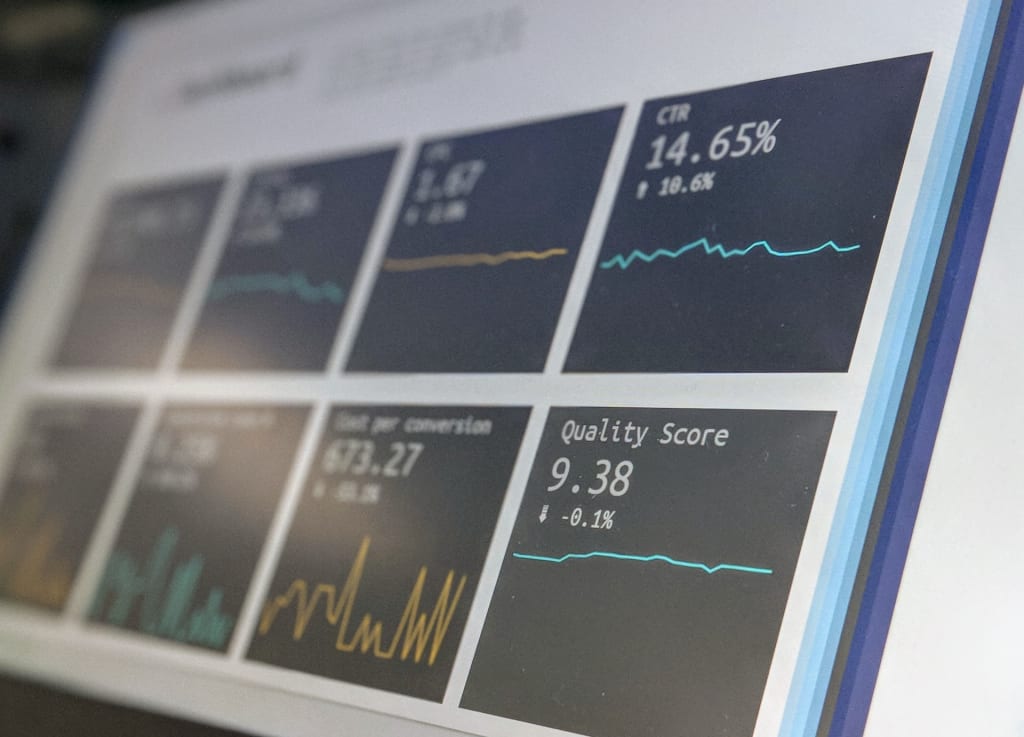Cloud Automation: All You Need to Know
Know in detail about cloud automation

Cloud automation, which is the process of eliminating or reducing manual IT efforts for the deployment and management of workloads, has come to play a crucial role in keeping businesses running and efficiently at that. It refers to the use of automated tools & processes to execute workflows in a cloud environment. This would otherwise have to be performed manually by service engineers who would configure servers or set up a network. This would enable you to take advantage of cloud resources efficiently and avoid the security pitfalls that arise when teams rely too heavily on manual, error-prone workflows.
After all, automation helps organizations significantly reduce the IT team’s workload, thus ensuring they can focus on more valuable projects. Considering what cloud automation stands to do for companies, it comes as no surprise to learn that the global cloud automation market is poised to achieve a value of $127.7 billion in five short years.
And cloud automation must be a central component of any company’s cloud strategy. It is vital to understand what you can automate in the cloud, and which tools can help you achieve the level of automation you need. This is while leveraging the cloud effectively and at scale.
But you don’t have to take our word for it; on that note, let us now take a closer look at some of the primary benefits of automation:
1. Security: Automated solutions ensure an organized environment that is easier to safeguard. Plus, automation cuts down the scope of misconfiguration and security posture shifts.
2. Savings: Another benefit of automation is that it reduces the chances of error and, consequently, the costs associated with such errors.
3. Operational efficiency: Automating repetitive tasks helps accelerate workflow, reduces development and production time, enhances productivity, etc.
Time to take a look at some of cloud automation’s key use cases:
1. App deployment: With regular app deployments and releases becoming the norm, manual methods are no longer a practical option. Automation of the app deployment process not only ensures speed but also alleviates the scope of error.
2. Access management: The switch from legacy systems to cloud environments can pose several challenges when it comes to identity and access management. Manually assigning access rights can be, of course, a humongous undertaking that is also prone to high risk. Thankfully, with cloud automation, identity and access management can be simplified as well as rendered more secure.
3. Infrastructure provisioning: Infrastructure as Code (IaC), i.e. the process of managing infrastructure via code, optimizes environment drift management while also eliminating discrepancies that cause deployment issues. While the manual configuration of servers takes a whole lot of time-consuming, several tools automate repetitive tasks to reduce deployment time.
Finally, a quick look at some of the most popular tools you can use to help with your cloud automation project:
1. Ansible: An open-source deployment and network automation tool, Ansible makes use of an agentless architecture where every function is executed via the SSH command line.
2. AWS CloudFormation: An IaC offering in the AWS arsenal, CloudFormation enables quick and efficient automation and provisioning of AWS deployments by facilitating infrastructure development within JSON or YAML format.
3. Puppet: Another open-source deployment tool, Puppet automates server configuration through the elimination of the manual use of shell scripts, instead using its domain-specific language, Puppet Code, to automate infrastructure deployment across various operating systems and devices.
With cloud migration firmly established as the norm, more and more organizations are starting to realize that migration is not the final destination — at least not if one intends to leverage the cloud’s full potential. For all that, you need cloud automation and if you too are ready to move toward it, you ought to start looking for a trusted cloud-based application development company to help you make a successful transition.
About the Creator
Ryan Williamson
A professional & security-oriented programmer having more than 6 years of experience in designing, implementing, testing & supporting mobile apps developed. Being techno geek, I love to read & share about the latest updates in technology.
Enjoyed the story? Support the Creator.
Subscribe for free to receive all their stories in your feed. You could also pledge your support or give them a one-off tip, letting them know you appreciate their work.






Comments
There are no comments for this story
Be the first to respond and start the conversation.